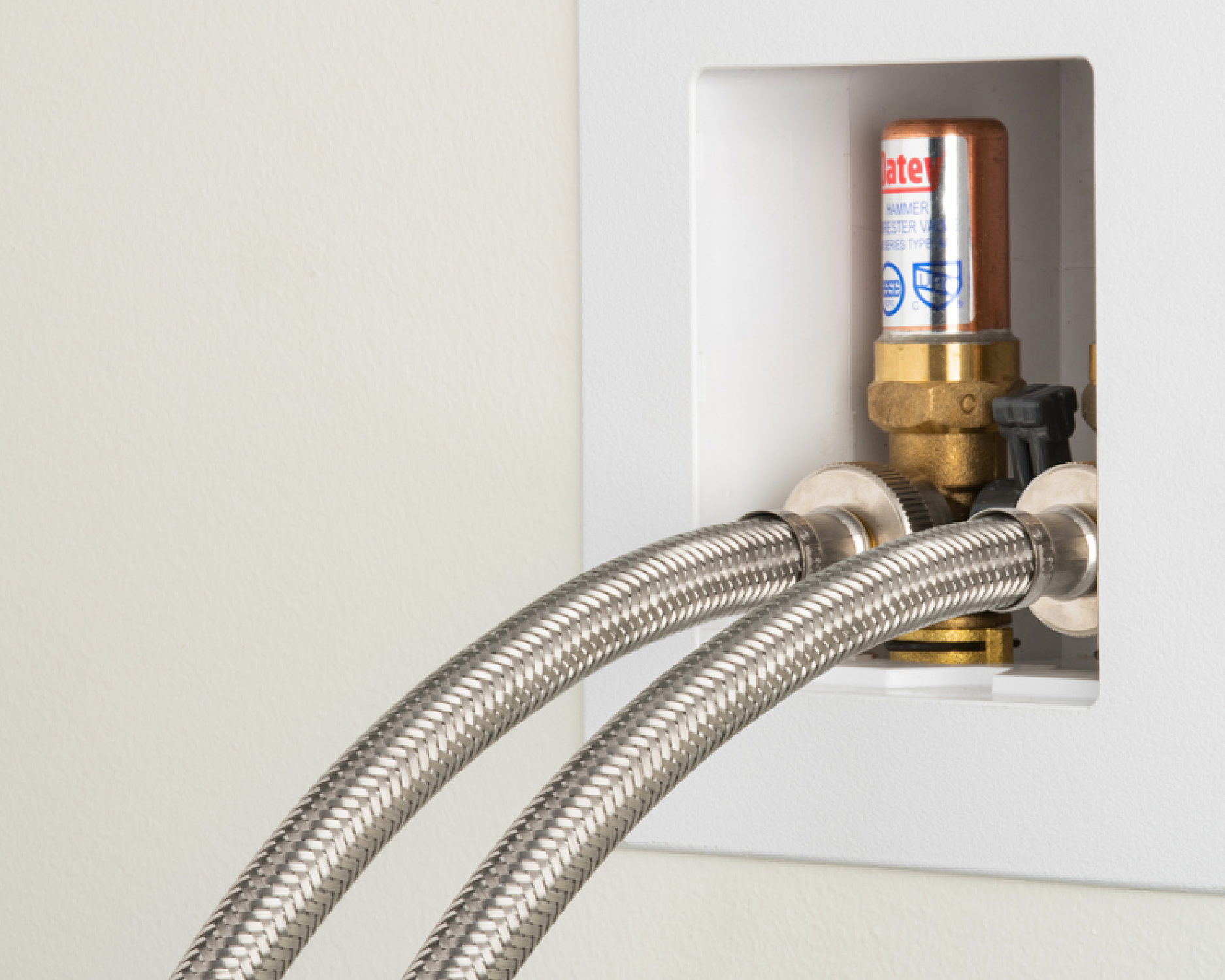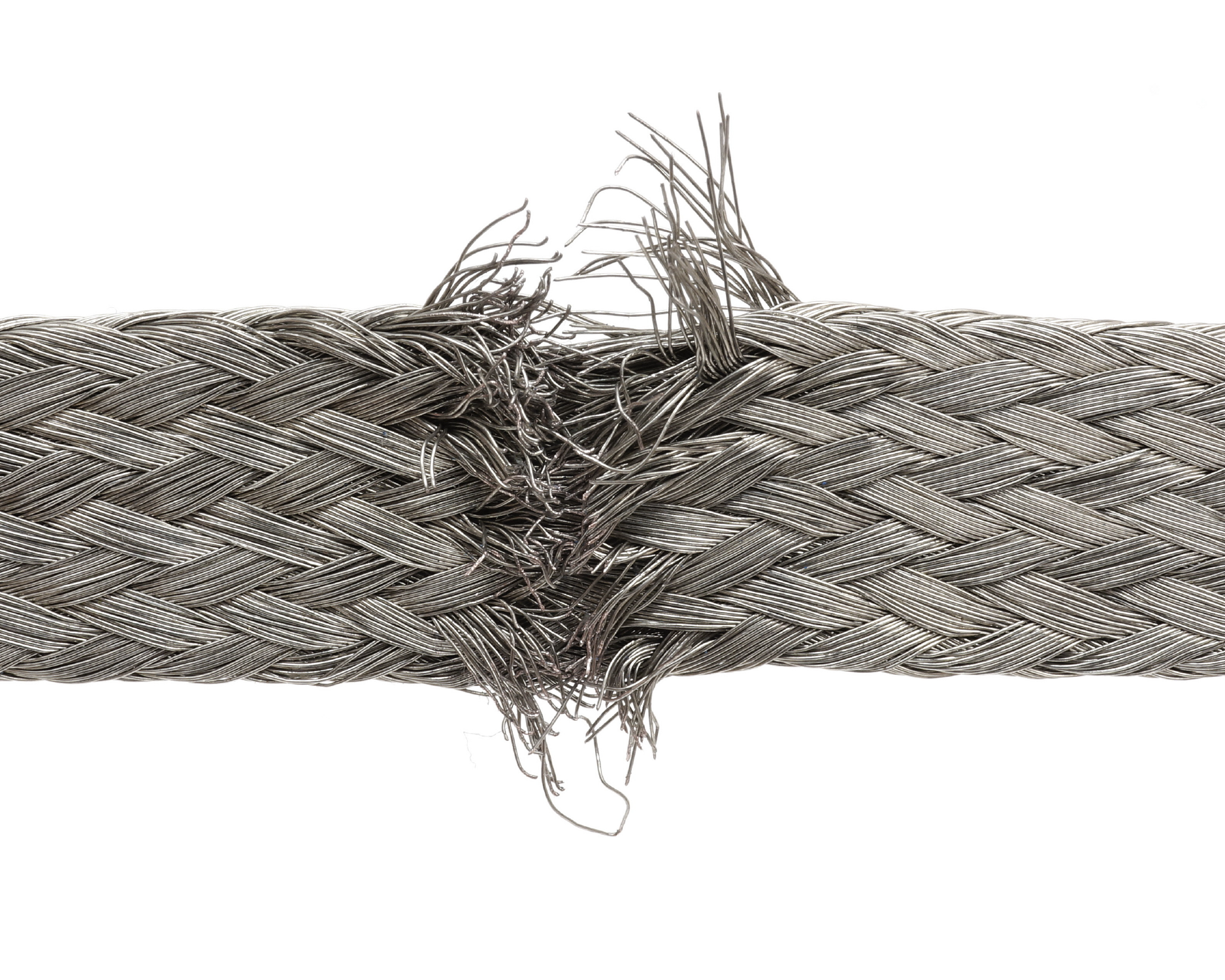In the midst of busy household chores, the reliable washing machine quietly does its job. Yet, one crucial element frequently overlooked is the washing machine hose. Understanding when to replace this seemingly simple component can help prevent water damage and keep your laundry routine running smoothly.
What is a Washing Machine Hose?
A washing machine hose is the tubing that connects your washing machine to the water supply. It plays a vital role in delivering water to your machine for every wash cycle. These hoses come in different materials, including rubber and braided stainless steel, each with its own lifespan and maintenance requirements.
Commonly known as a supply line, we will refer to it as a washing machine hose in this blog. It is important to differentiate this from the discharge or drain hose to avoid confusion.

How Often Should You Change Your Washing Machine Hose?
While there's no universal rule, most experts recommend changing your washing machine hose every three to five years. This timeframe balances the cost of new hoses with the risk of potential leaks and damages.
Regardless of the recommended time frame, always prioritize visible signs of wear. If you notice any of the signs listed below, replace the hose immediately, even if it's within the suggested replacement window.
Ignoring the condition of your washing machine hose can have disastrous consequences. A worn-out or damaged hose can lead to leaks, flooding, and costly repairs. Regular inspections help spot potential issues before they escalate, safeguarding your appliance and your home.
5 Signs It's Time to Change Your Washing Machine Hose
1. Bulges and Bubbles in Rubber Hoses
Rubber hoses are prone to bulging and bubbling as they age. These signs indicate that the hose material is weakening and may burst soon. If you notice any bubbles or bulges, it's time to replace the hose immediately.
2. Frayed or Exposed Wires in Braided Hoses
Braided stainless steel hoses offer better durability than rubber ones but can still degrade over time. Look for frayed wires or exposed inner tubing. These signs indicate the hose’s protective layer is compromised, increasing the risk of leaks.
3. Rust and Corrosion
Rust and corrosion weaken the hose material, making it more susceptible to leaks and bursts. Check for any signs of rust regularly, especially around the connectors and fittings.

4. Kinks and Crimps
Kinks and crimps in the hose can create weak points more likely to fail under pressure. Ensure your hose is installed without any sharp bends or twists.
5. Water Leaks
Any signs of water leaking from the hose, whether at the connection points or along the length, warrant immediate replacement. Even small leaks can escalate into significant problems if left unaddressed. Consider using a washing machine pan to mitigate water damage.
Best Practices for Keeping Your Washing Machine Hose Intact
- Regular Inspections: Inspect your washing machine hose every few months. Look for signs of wear and tear and address them promptly.
- Use Hammer Arrestors: Hammer arrestors absorb the shock caused by the sudden stop of water flow, known as water hammer. This shock can weaken your hose over time, so installing hammer arrestors can extend the life of your hoses.
- Secure the Hose: Ensure your hose is securely fastened and does not rub against sharp objects. You can use zip ties to keep the hose in place and prevent it from moving around during wash cycles.
- Avoid Over-Tightening: While securing the hose tightly is important, over-tightening can damage the connectors and cause leaks. Tighten the connections just enough to prevent leaks without applying excessive force.

By regularly inspecting your hose and replacing it every three to five years — or sooner if you notice any signs of wear — you can keep your washing machine in top condition.
For those looking to make their maintenance tasks even more accessible, consider using Oatey supply boxes and other products. These high-quality items are readily available at local supply houses and online, providing peace of mind and reliable performance.